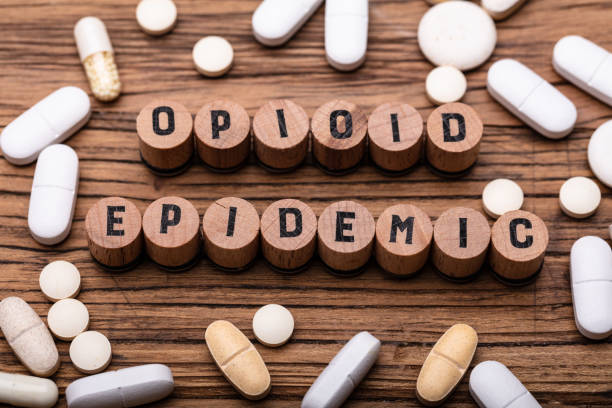views
Opioid abuse and addiction have become a significant public health issue in recent years, leading to a nationwide epidemic in the United States. According to the National Institute on Drug Abuse, more than 130 people die every day from opioid overdoses. While there is no one-size-fits-all solution to preventing opioid abuse and addiction, there are several measures that can be taken to reduce the risk of opioid misuse and provide effective treatment for those who become addicted.

Prevention
-
Education: Educating healthcare providers, patients, and the general public about the risks associated with opioids and how to use them safely can help reduce the likelihood of misuse and addiction. This includes providing information on alternative pain management techniques, such as physical therapy, acupuncture, and non-opioid medications.
-
Prescription Monitoring Programs: Prescription monitoring programs (PMPs) allow healthcare providers and pharmacists to track patient prescription drug use, including opioids. PMPs can help identify individuals who may be at risk of misuse and allow for early intervention and treatment.
-
Safe Disposal: Providing safe and accessible ways to dispose of unused prescription opioids can help prevent misuse and diversion. This includes take-back programs, mail-back programs, and providing drug deactivation kits.
-
Safer Prescribing Practices: Healthcare providers can implement safer prescribing practices, such as using lower doses of opioids and prescribing them for shorter durations, to reduce the risk of misuse and addiction.
Treatment
-
Medication-Assisted Treatment: Medication-assisted treatment (MAT) is a highly effective form of treatment for opioid addiction. MAT combines medication, such as methadone, buprenorphine, or naltrexone, with behavioral therapies to help individuals achieve and maintain sobriety.
-
Behavioral Therapies: Behavioral therapies, such as cognitive-behavioral therapy (CBT) and contingency management (CM), can help individuals develop coping skills and address the underlying factors contributing to their addiction.
-
Support Groups: Support groups, such as Narcotics Anonymous (NA) and SMART Recovery, provide a supportive environment for individuals in recovery to share their experiences and receive encouragement and guidance from others who have gone through similar struggles.
-
Comprehensive Care: Opioid addiction is often accompanied by other physical and mental health issues. Providing comprehensive care that addresses all aspects of an individual's health, including medical, psychological, and social needs, can improve treatment outcomes and increase the likelihood of long-term recovery.
Preventing opioid abuse and addiction requires a multifaceted approach that addresses the root causes of addiction while providing effective treatment for those who become addicted. By implementing these prevention and treatment strategies, we can reduce the impact of opioid addiction on individuals, families, and communities.











